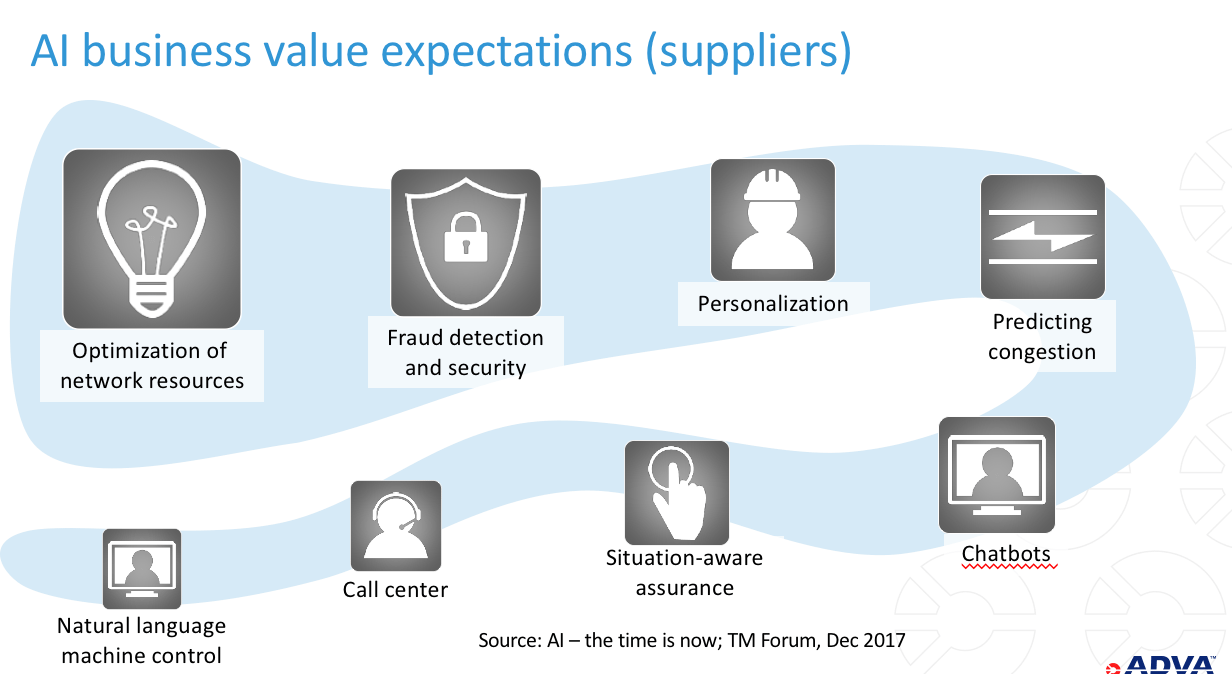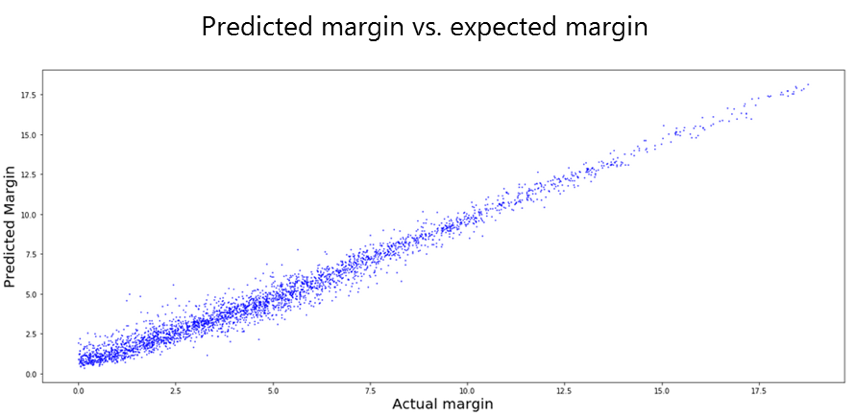Quo vadis SDN in provider networks?
With its promise of network simplification and new revenue streams, software-defined networking has certainly captured the interest of service providers. At its core, this technology is about disaggregating physical network functions from software control, creating an ecosystem of open switches and control software for fast innovation and ease of integration.
Open communities have invested a lot of energy in defining interfaces and protocols for programmatic control. Open protocols in combination with open-source controllers have now been demonstrated in many showcases, highlighting the benefit of resource abstraction and control in multi-vendor and multi-operator networks. However, while this technology is now widely applied in data centers, due to operational challenges in service provider networks, there are still only a few cases of live networks utilizing SDN technology.
While standardized and stable interfaces are indeed an essential prerequisite for widespread adoption, service providers require a positive business case for moving from manual to automated network control. At the moment, the additional effort needed for integration and maintaining new interfaces, and an additional central control instance seems to be counterbalancing the cost advantages of automation.
A wider perspective on SDN
To understand the full potential of SDN, we need to move our focus from automation to autonomous operation. Intelligent algorithms recommend action based on a holistic understanding of network status, available resources, and service demand – current and historical. Initially activated by human control, closed-loop control will benefit from network programmability through open SDN interfaces.

SDN is a key enabler for implementing advanced operational methods based on ML and AI. Simplifying control of the underlying network should be the first step on the route to autonomous networking. Leaving this out will compromise its huge value as already highlighted by Bill Gates: “The first rule of any technology used in a business is that automation applied to an efficient operation will magnify the efficiency. The second is that automation applied to an inefficient operation will magnify the inefficiency.” Without a model-based, hierarchical network abstraction, a simplification of network operation is unlikely to succeed.
The power of ML and AI
There are a lot of proof points demonstrating the power of deep leaning and (narrow) artificial intelligence. When Google DeepMind’s AlphaGo won against the best GO players, the expert community was left scratching their heads at a never-before-seen way of playing this game. IBM Watson consistently outperforms cancer specialists in diagnosis and treatment. It is clear that in cases with high complexity building on a large, diverse set of information, artificial intelligence can compete with humans in speed and efficiency.
Cases like these fuel high expectations among service providers about the savings and operational improvements AI could deliver. The graphic below shows results of a survey performed by TMF end of last year (TMF Trend Analysis: AI – The time is now; December 2017). Vendors were asked about the most relevant use cases.
As a strong second the wide domain of network security was named. Complex attack patterns executed over a long period involving various zero-day exploits are obviously an interesting application of artificial intelligence. But the domain where expectation was the highest was network optimization.

The high hopes vendors had in the area of operational improvements were mainly about improvements to the efficiency of resource utilization. As outlined above, the implementation should build on a simplified and streamlined network. SDN with open control and hierarchical abstraction is the most promising approach to fulfill this prerequisite. What’s more, there should be a mechanism in place to quickly capture any useful data from the network, and its operation. Model-based telemetry streaming is seen as the preferred method for efficiently collecting the required data from a geographically dispersed network.
Use cases
The introduction of AI into our networks is a major step, impacting network technologies but also operational processes in a disruptive way. A targeted approach addressing a well-defined application domain is a sensible approach. This allows experience to be gained and improvements to be steadily implemented into operation and aligned with the underlying network architecture. Two practical examples are outlined below, and the relevance of SDN is highlighted.
Predictive maintenance
Service providers frequently have defined specific thresholds for triggering repair processes or network expansion. Today, decisions are frequently based on a single data point such as a resource utilization threshold or a bit error rate. This approach ignores a lot of information that might have led to faster or more appropriate action. Predictive maintenance, on the other hand, takes a comprehensive view of the network and the characteristics of components applied in it. This allows warnings to be generated before failures occur that could cause downtime.
Such an approach was taken in ADVA’s network operation center, which manages the networks of several customers. As data is constantly captured and analyzed using neural networks, failing components can be identified before network failures occur. In combination with automated traffic control, this enables a service provider to preempt an effected interface/component and repair it with zero downtime, even with non-redundant parts of the network. This naturally opens up new ways of designing and operating networks in a much more cost-efficient way.

Network optimization in photonic networks
Designing an optical layer needs the competence of a highly skilled photonic transmission expert with knowledge about multi-level modulation, fiber dispersion, and nonlinearities as well as the transient behavior of amplified optical systems. If a new wavelength has to be activated, sophisticated software tools are applied to calculate the performance. This complicates automated wavelength routing in large optical systems.
Machine learning is opening up a new way to solve this problem. Instead of numerical calculation, the system behavior is estimated by a neural algorithm trained by real data gathered from a large number of networks. This approach has proved entirely accurate at predicting signal performance in a photonic network, building the basis for autonomous operation in combination with an automated SDN control.
The graphic below shows a comparison between signal performance predicted by the intelligent algorithm and data from real networks. With an ever-increasing data set, the method is reaching an accuracy suitable for live network deployment.

We are still in the early stages of understanding the true value of AI and ML for network planning, design, and operation. Use cases such as predictive maintenance or network optimization are raising high expectations for significant cost reductions. SDN is a key prerequisite for closed-loop automation as intelligent control instances can benefit from this simple way of initiating any required action in the network.

